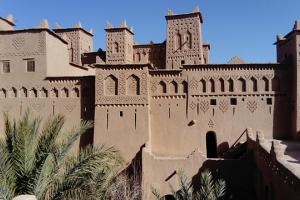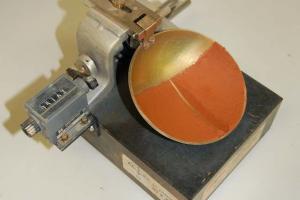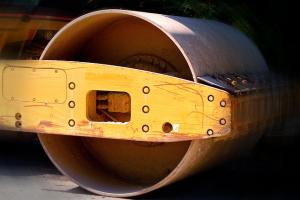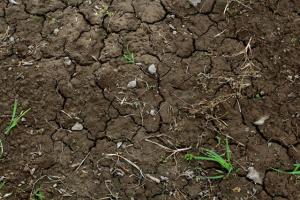Common Types of Soil
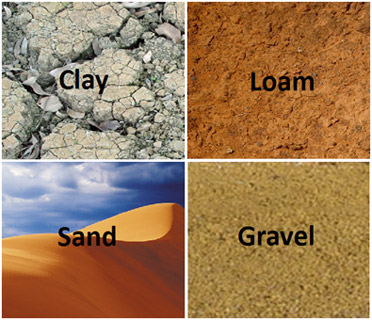
Gravel
- Course grained soils that possess little or no cohesion.
- Distinguished by their relative stability under wheel loads when confined, by their high permeability and by their low shrinkage and expansion in deter mental amount with change in soil moisture content.
- Size range from 2 mm to 60 mm
Sand:
- Fine grained soils of low to medium plasticity intermediate in size b\w sand & clay.
- Generally possess little cohesion, undergo considerable shrinkage and expansion with. Change in moisture content and possess a variable amount of stability under wheel load.
- Organic soils contain appreciable amount of decomposed organic matter and is generally highly compressible & unstable.
- Size of sand ranges from 0.06 mm to 2 mm
Silt
- The size of silt particles range from 0.002 mm to 0.06 mm
Clay:
- Fine grain soil of size 0.002 mm or finer.
- Possess medium to high plasticity, have considerable strength when dry, undergo extreme changes in volume with change in moisture content and practically impervious to flow of water.
Types:
- Lean clay: Silty clay.
- Flat clay: Finer colloidal clay with high plasticity
- Clay may possess considerable strength in their natural state; this strength is sharply reduced and sometimes completely destroyed when their natural structure is disturbed, that is when they are remolded.
Loam:
Agricultural term, fairly well graded from course to fine that is easily worked & that is the reason of plant life.
- Sandy loam
- Silty loam &
- Clay loam
Depending on the size of predominant soil fraction
Loess:
- Uniform grain size predominantly silts with low density.
Muck:
- Soft silt or clay very high in organic content
- Found in swampy areas and rivers or lake bottoms.
Peat:
- Composed of practically decomposed vegetable matter
- Due to high water content, woody natural and high compressibility it is extremely undesirable for use in roads.




